When designing a leaflet think of it as a kind of open letter or postcard. Design it so it can be easily given to people, either by hand or by post, inserted in local newspapers for distribution, or left in venues such as shops, restaurants or libraries – indeed anywhere where your leaflet will catch someone’s eye. It’s a powerful and portable way of spreading your message.
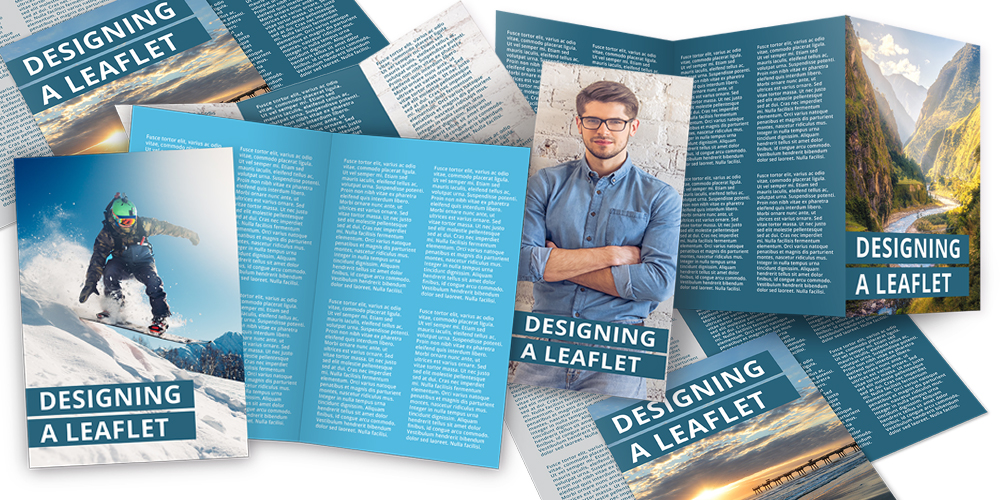
An attractive and well-crafted leaflet gives you credibility and helps you promote your business and market your project as a cause worth supporting. It delivers useful, reusable information, giving you the chance to put across your argument and draw attention to your business. A leaflet gives you space to present your ideas clearly with graphical impact.
People may take your leaflet home with them, where they have more time to absorb your message. They can keep it for future reference and as a visual reminder. Once distributed, a leaflet may be passed on to other readers, thereby widening its impact still further.
Contents
Leaflets should stand out
Be original and creative when planning your leaflet. Stand out above the daily excess of useless information and aim to make your leaflet as professional as possible.
Use an eye-catching design. Well-designed leaflets can be highly effective, as they are the first contact many people will have with your campaign.
Size and shape
The size and shape of the leaflet greatly influences its success. If it can’t fit easily into a pocket or a bag, it may be thrown away.
Most leaflets start life as sheets of A4 paper. Folded in half it becomes A5 and folded in half again it becomes A6. A4 can be easily folded into three.
Think before you write
Decide from the start what the main goal of the leaflet is, who your target audience are and how you are going to distribute it. That’s because these factors will influence the way you write and design a leaflet.
Why do you want to produce a leaflet?
- Promoting your organisation or business
- Selling your service or product
- Advertising events such as an open day, sale, or conference
- Encouraging people to take action
- Welcoming newcomers
- Explaining a point of view or champion a cause
- Raising awareness of a social problem
- Presenting your cause or event to the community
- Raising money for a charitable project
Try to answer in one sentence why you are producing it. If you find you have too many reasons, you may need more than one leaflet. Focus your message.
Who will read your leaflet?
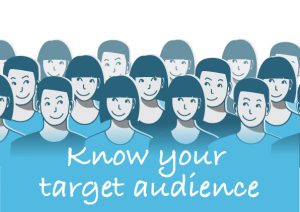
Define your target audience. Be clear who you are trying to reach. Speak their language; share their interests; make your presentation relevant and easy to understand.
Will your leaflet interest its readers? Understanding news values may help you to identify what will be of interest.
Always maintain your integrity. Your prose may be a literary masterpiece, but has your message been carefully and conscientiously thought through? Good writing can captivate an audience, but combined with deception, it’s simply crass manipulation.
How will you distribute your leaflet?
If you are championing an important local issue, you may decide to print a flyer to hand out to people on the street. Maybe you’re raising funds for a charitable cause. Then, you might decide to post leaflets telling your donors and supporters how the appeal is progressing.
Or, you may want to publicise a local event and decide to push your leaflets through letterboxes. These considerations will help you to decide the size, shape and design of your leaflet.
Now you’ve answered these questions, you can start writing and building your design.
Start writing
Use a punchy title
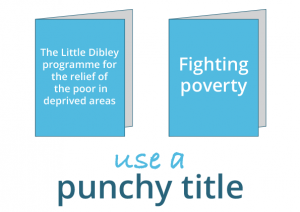 Begin by drafting a leaflet that will catch your readers’ eye and best communicate your message. Chose a succinct headline that grabs you reader’s attention and conveys the essence of what you want to say. A good title invites reading; a bad title puts your reader off.
Begin by drafting a leaflet that will catch your readers’ eye and best communicate your message. Chose a succinct headline that grabs you reader’s attention and conveys the essence of what you want to say. A good title invites reading; a bad title puts your reader off.
Avoid unnecessary words that create clutter and detract from the main message of your leaflet. Search for words that describe the purpose, or chief benefit, of your message.
Leaflets may seem suitable for audiences who don’t read much . However, the text must always be well-written, enabling people to make an informed judgment quickly. Always aim for clarity, quality and strong argument.
Try using action words and identify the key verb that best describes your purpose or activity. Then add ‘-ing’ to it. For instance, ‘Fighting poverty’ is a much better alternative to ‘The Little Dibley programme for the relief of the poor in deprived areas’. And it’s easy to remember.
Keep your leaflet simple, to the point, and easy to understand
- Break up long paragraphs.
- Use sections and headings.
- Use boxes for examples, short case studies, etc.
Structure your appeal
- State the issue or problem — your first few lines should engage the reader and unveil your appeal
- Give evidence and examples — paint pictures with your words
- Present your solution
- Include a quote from a celeb or other well-known person commending your appeal
- Encourage your readers to take action — how can they help
- Explain clearly what you want them to do
Make words count
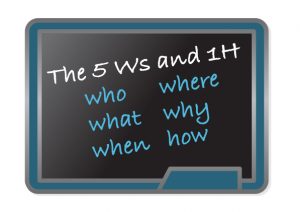 Use plain language. In other words, write so that everyone can easily understand your message. Use natural expressions and common words. People won’t read a long complicated leaflet, so keep your sentences short and clear. And cut the waffle.
Use plain language. In other words, write so that everyone can easily understand your message. Use natural expressions and common words. People won’t read a long complicated leaflet, so keep your sentences short and clear. And cut the waffle.
Search for words with news appeal. Alert, challenge, connect, happenings, report, today, trends and update can be combined with another noun that describes your main purpose. For instance, schools update, outreach today, security alert, youth challenge. All are good attention grabbers.
Your leaflet must answer the questions ‘who‘, ‘what‘, ‘where‘, ‘when‘, ‘how‘ and ‘why?’. These are sometimes called the Six Ws. Remember, your leaflet must tell people specifically what you are inviting them to do.
Use descriptive headings, subheadings, and quotations to get your main points across. Put three or four headings to a page so that if people only read the headlines they still get the message.
Avoid clichés. Create your own short, but memorable phrases.
Layout and leaflet design
Make a booklet
A simple A5 leaflet, for instance, has a front and back cover with a two-page spread inside. The front cover could contain a single, powerful statement backed by a hard-hitting graphic that supports the leaflet’s title. These should be gripping enough to make anyone want to read on.
On page two you can set out the challenge: for instance, the problem you are trying to remedy. Right opposite on page three, you can explain what you are attempting to do about the situation.
Finally, on the back cover, give some background information about yourself and your business or other organisation. Include contact details for people who want to know more or get involved.
Blank space is your friend
Don’t cram every square inch of the leaflet with text. People won’t read it. White space, such as wide margins or space around the title, often improves the design and makes the leaflet more readable and inviting. Take a look at the amount of white space on this webpage.
Design titles in a bold, easy-to-read display font. Use a simple font for your text. Serif fonts (fonts with small decorative strokes added to the end of the letters’ main strokes) improve readability by leading the eye along the line of type. Examples of common serif fonts are Times New Roman, Garamond, and Palatino. Limit yourself to two fonts per leaflet.
One picture is worth a thousand words
Remember your pictures should help to get your message across. You can use clip art or pictures from official sources, photos taken with a digital camera, pictures downloaded from the internet, powerful graphics such as graphs or pictures you’ve drawn or created yourself. However, where it’s appropriate, make sure you have copyright permission.
Choose eye-catching pictures which speak for themselves and convey your message in a compelling way. If your leaflet is in black and white, make sure any colour graphics can be seen clearly when converted to monotone.
Start collecting a file of good photographs. Buy a digital camera, or just use your phone, and start improving your own pictures.
Additional Info
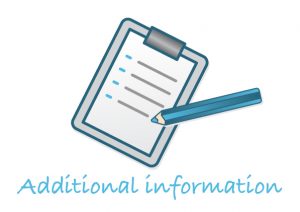 Make sure your leaflet has been proofread and edited carefully. Most people need a second pair of eyes but, if you’re on your own, try reading your words out aloud, or come back to it a day later. You’ll be surprised how many errors you’ve failed to spot first time round.
Make sure your leaflet has been proofread and edited carefully. Most people need a second pair of eyes but, if you’re on your own, try reading your words out aloud, or come back to it a day later. You’ll be surprised how many errors you’ve failed to spot first time round.
Provide a web address where people can get additional information on the topic as well as contact information for your group. Also, include a telephone number or email address as a point of contact, with a name if appropriate.
